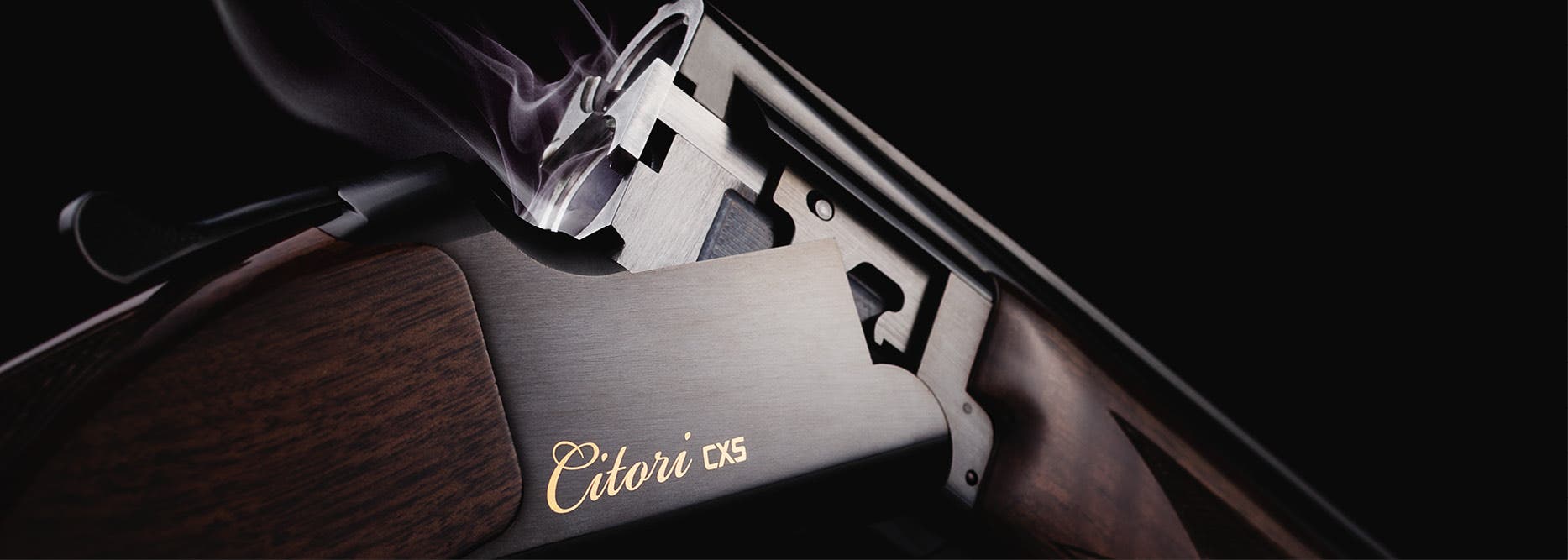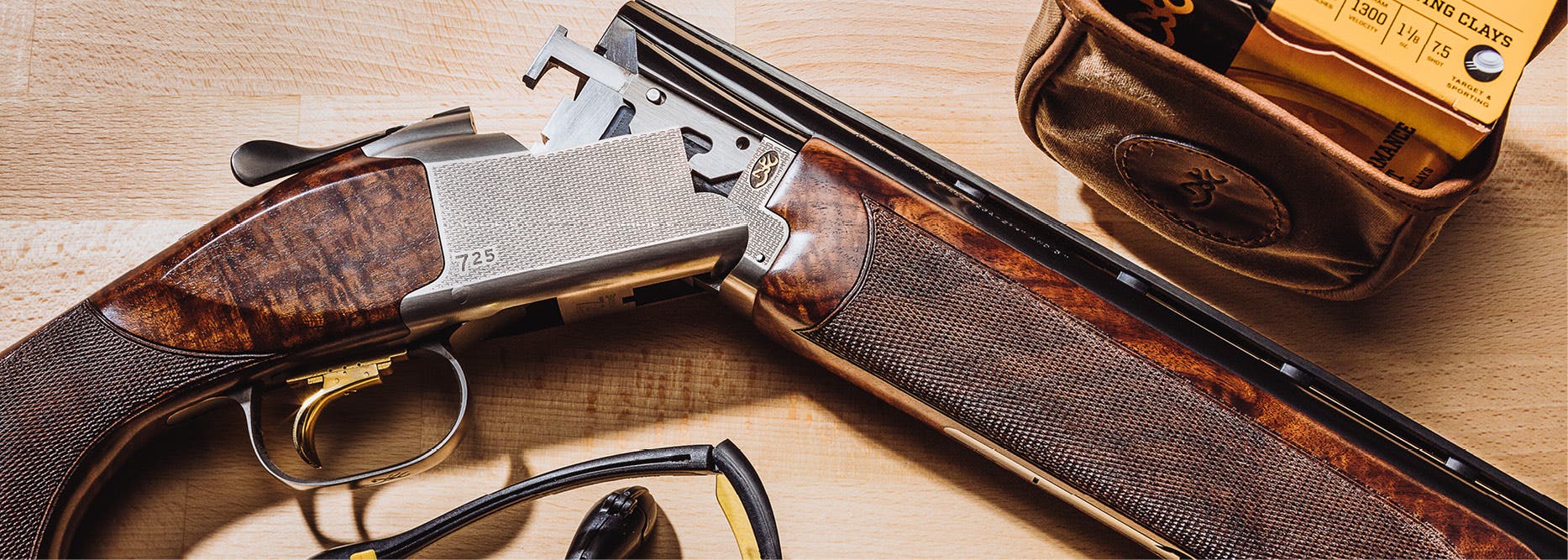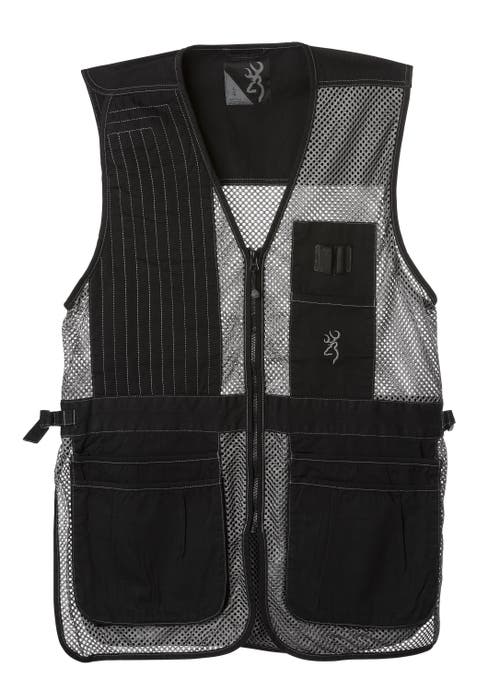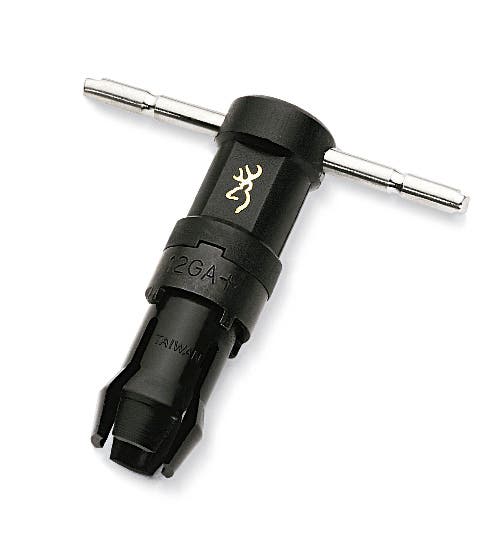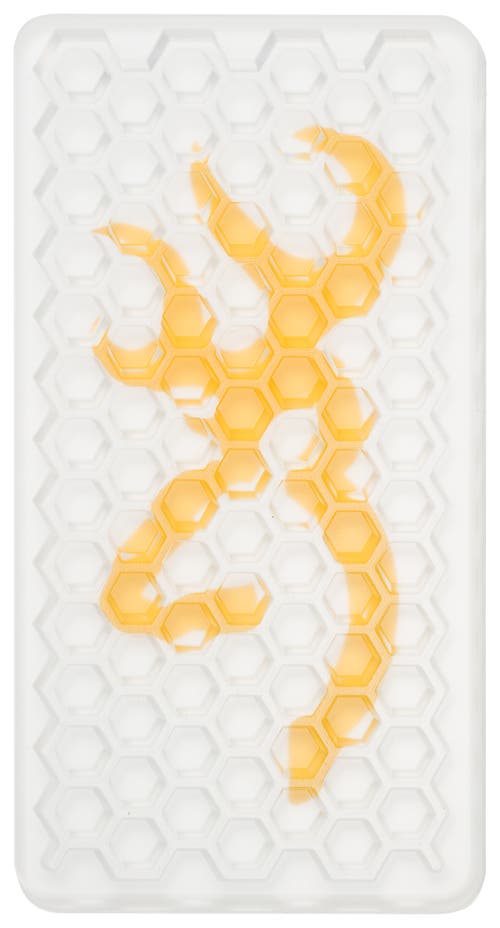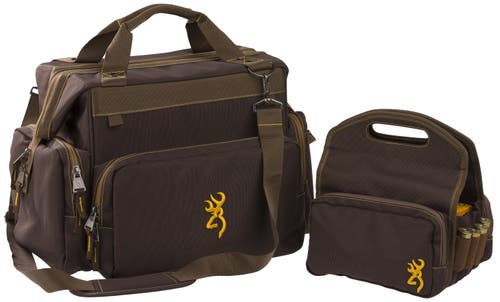5 Tips For Breaking More Sporting Clays: An Interview With Payton Meyer
5 Tips For Breaking More Sporting Clays: An Interview With Payton Meyer
By: Jace Bauserman Published on July 27, 2023.
Whether you’re a seasoned clay buster, new to the sport, or dreaming about turning flying orange discs into dust, we decided to pick the brain of one of the best shotgunners in the world.
Payton Meyer is a four-time All-American, multiple-time Oklahoma State Champion, and was the Sub-Junior Champion at the 2017 English Championship. Meyer has been steadily climbing to the top, and in 2022, he snagged the Junior Champion Gold at the World English shoot in San Antonio.
Side of his many podium-topping finishes, Meyer’s roots in the world of sporting clays run deep. His dad got Payton into the sport when he was only eight. Meyer’s dad was a regular at a local club, and when he started taking Payton along, he took to shotgun sports like a duck takes to water.
“I started competing in 4-H shoots at 10,” Meyer said, “and, of course, like many shooters, I started hunting with my dad when I was very young.”
Meyer started shooting trap and skeet like many clay busters, but sporting clays won his heart.
“There's nothing like sporting clays,” said Meyer. “The presentations are so different, and I believe that sporting clays is a discipline that makes the competitor a true, all-around shotgunner. If you can smash sporting clays, you can shoot trap and skeet well, and I believe sporting clays best simulates hunting situations.”
We could go on and on about Meyer’s shooting and hunting accolades, but for now, the goal is to help you become a better clay buster. Here are Meyer’s top five tips for breaking more clay targets.
Tip #1: Don’t Aim, But Point
Tip #1: Don’t Aim, But Point
Meyer's first tip is an oldie but a goodie, and he was quick to point out that you point a shotgun and don't aim it.
“You shoot with both eyes open,” said Meyer. “You aim a rifle, but you point a shotgun. I like to tell people it's like playing baseball. You don’t watch the glove; you watch the ball and move the glove to the ball. The same is true when shooting a shotgun. You don't watch the barrel or the bead. You watch for the target, and then you attack the target. Visual control is so important.”
Tip #2: Control On The Stand
Tip #2: Control On The Stand
Meyer’s second tip was also about visualization, but not of the target. Instead, he noted that a shooter wanting to bust more clay targets needs to have a plan when they get on the stand.
“You don't want to get on the stand and just call for the bird,” Meyer continued. “There are things you need to visualize — to plan. Three of those things include foot, eye, and hold positions.”
Meyer noted that you want to get your feet comfortable and relaxed.
“You don't want to be coiled up like a spring ready to explode on the stand. You need to be comfortable and loose. Foot position will vary by stand and person, but if you approach every target with good foot position, you will break more targets.”
Eye position is next on the list, and Meyer pointed out that quick target acquisition is essential.
“Some stands are harder than others, but the sooner you can pick up the bird, the sooner you can match your eyes to the bird's speed. The sooner you see the bird, the more time you have to pick up on what it's doing and attack it appropriately. Bad things happen when you pick up a bird late. It may be too far away, moving at an awkward angle or slowing down to the point that messes with your lead.”
Like foot position, hold position varies by stand and personal choice. However, Meyer pointed out that every shooter should establish a good hold position before calling for the bird.
Tip #3: Attack
Tip #3: Attack
It's important to know that clay targets start fast and then slow down, and Meyer recommends attacking the target and breaking it whenever you have the best visual of the bird.
“Sporting clays best mimics hunting scenarios; however, there are, of course, some differences. The biggest is that a sporting clay is moving its fastest at the moment of launch, and then it starts slowing. The opposite is true of a flushing pheasant or quail. Flushing birds are moving their slowest at first, then picking up speed.”
“You want to read the target distance, angle, and speed and attack that target whenever you have your best view of the target. Take it too early, and it may be moving too fast, but take it too late, and it may be too far and moving too slow. You need to see a lot of targets, and then you get a feel for when you want to break them.”
Tip #4: Three Target Types
Tip #4: Three Target Types
While Meyer noted this tip is a tad more advanced, he stressed its importance.
“I see too many people practicing the ultra-difficult shots a lot in practice. Practicing these shots is important, but you can't overlook the other two target types.”
Meyer dubbed the other two target types “on a string” and “technical.” He noted that to be a great shooter, you need to be able to break all of the on-a-string clays and almost all of the technical ones.”
“If you only practice the super tough shots and overlook those on-a-string and technical clays, you're doing yourself a disservice. Naturally, my goal is to break every bird, but if I'm going to miss a bird, I want it to be in that third, really hard category.”
Tip #5: Good Shooters
Tip #5: Good Shooters
Meyer noted several times during our discussion that other shooters greatly impacted him, and he recommended shooting with other good shooters who are positive and fun to be around.
“There are so many great people in shooting sports. You don't have to shoot with pros or high-end experts, but if you align yourself with good shooters, your game will naturally improve, and you will get good advice from them.”
FAQ's
FAQ's
Do I need a high-end shotgun to shoot trap, skeet, or sporting clays?
You don’t. Whatever you have will work fine. Shotgun sports are about having fun and improving as a shooter. If you enjoy shooting and decide to get more serious about a particular discipline, you can upgrade to a better shotgun to help you become a better shooter. Meyer shoots a Browning Citori CXS with 32-inch barrels.
Will shooting sporting clays make you a better wing shooter?
Yes. Meyer believes sporting clays are the most realistic simulation of hunting and said, “If you can shoot sporting clays, you can move to any other discipline and compete. Shooting sporting clays makes you a real shotgunner.”
How do I get started shooting sporting clays competitively?
Visit NSCA online. On the site, you can find many local tournaments in various states. It’s also good to get a membership. This is the organization Meyer competes through.
Final Thoughts
Heed Meyer's advice:
- Get out this summer and make some orange dust.
- Don’t take yourself too seriously and keep it fun and safe.
- Work to keep getting better and becoming a more complete shotgunner.



